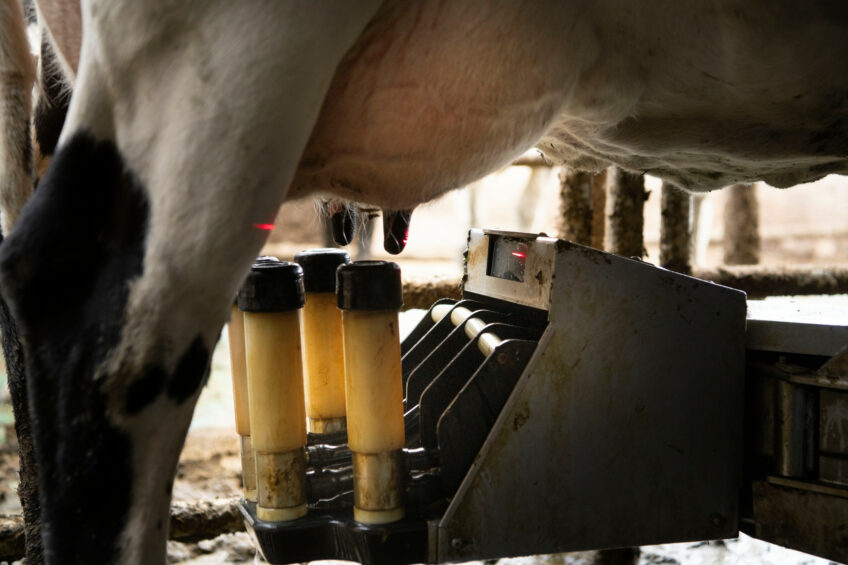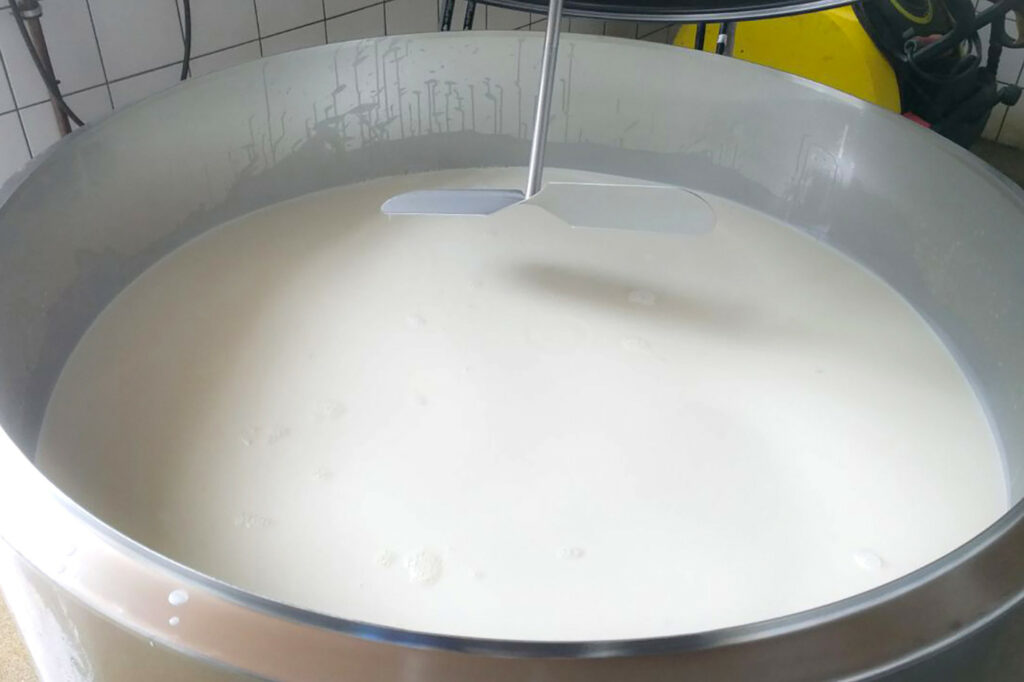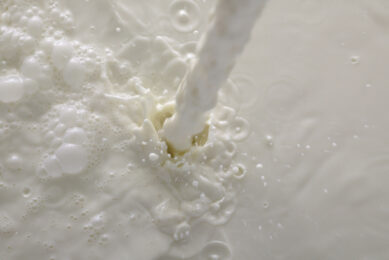Guaranteeing high-quality milk in Australia

Every year, Dairy Australia gives milk quality awards to Australian dairy farmers. The industry’s national body bases its choice for the country’s best milk on bulk milk cell count data provided by processors each financial year. But what does this actually mean for the industry? We take a look at how milk quality in Australia is guaranteed.
According to Dairy Australia’s national lead for animal health and fertility, Dr Zoe Vogels, the awards are part of Dairy Australia’s commitment to support on-farm decision-making when it comes to maintaining the health of dairy herds and the quality of milk that is produced.
“Achieving good milk quality is a win-win for farmers, processors, retailers and the community,” Dr Vogels emphasises. “The whole dairy industry benefits from high-quality milk. Farmers see improved milk production from healthier udders, receive higher milk premiums and a have lower herd health treatment costs. Dairy processors see increased product yields and their products have a longer shelf life.”
The Milk Quality Awards are also part of a national mastitis control programme, called Countdown. This programme helps dairy farmers achieve cost-effective, best practice milking management and mastitis control.
The initiative includes industry-agreed farm guidelines for mastitis control, technical notes and training for milk quality advisers as well as for farmers and their staff. Training is delivered through the Milking and Mastitis Management programme, which covers the components for maintaining good milk quality, such as understanding the key risks of mastitis, cow behaviour and stock handling, milking routines, machine maintenance and cleaning protocols.
Premium paid
In Australia, most milk companies pay a premium for milk with a bulk milk cell count (BMCC) below 250,000 cells per millilitre. Previous Dairy Australia analyses estimates showed that a farmer milking 300 cows who lowered their BMCC from 250,000 to 100,000, would add AUS$39,000 (US$25,330) per year to their bottom line.
Many factors contribute to a high BMCC or to an increased number of sub-clinical or clinical mastitis cases. Dairy Australia says that, in the short term, the best way farmers can address high BMCCs is to carry out a herd test on all cows in the herd, gathering both production and individual cell count information.
After testing, informed decisions can be made based on the testing data. Cows to collect samples from for diagnostics can be identified. Farmers can also identify which cows are contributing the most to the BMCC, and they can identify which cows to dry off.
The dry period is a critical period to treat existing mastitis infections, Dairy Australia underlines, and it is vital to also prevent new infections during this time. When hygiene and other management at drying off is not optimal, the process of drying off can lead to an increase in mastitis in both the dry period and the next lactation. Dairy Australia says that a minimum of 6 weeks – preferably 8 weeks – is recommended between drying off and calving.

Guaranteeing milk quality
In Australia, more farmers are starting to implement part-herd (selective) antibiotic dry cow therapy. Dairy Australia points out that this change in management is not without its risks and should only be done in close consultation with a trained adviser. Most Australian farms moving to part-herd antibiotic therapy use whole-herd (blanket) administration of internal teat sealants, which are used to prevent new infections during the dry period.
Maintaining milking plant and dairy hygiene is also critical to guaranteeing high levels of milk quality, Dairy Australia emphasises. Dairy hygiene includes all activities, processes and equipment associated with cleaning the milking machine, bulk milk vat and other milk harvesting equipment. The aim of these cleaning programmes is to remove all milk residues from the plant between milkings and kill any bacteria present. The quality of milk determines its processing capabilities, the quality of the end products, and, in turn, impacts milk price and dairy farm profitability.
When it comes to dairy hygiene, the focus is on minimising bacterial contamination of milk and prompt investigation if high levels of bacteria are detected. There are various types of bacteria that can contaminate milk, and each impacts milk quality differently.
Dairy Australia says that if bacterial counts are above premium limits, a systematic investigation should be carried out by an experienced staff member or dairy hygiene adviser. In Australia, several different tests are performed on bulk milk samples to quantify bacteria levels. The most commonly used tests are the Total Plate Count, Bactoscan and Thermoduric counts.
Cooling milk and avoiding residues
Cooling milk rapidly is essential for inhibiting bacterial growth and is also important for maintaining good milk quality in vat bulk milk. The quicker milk is cooled after milking, the better the quality. As outlined by Food Standards Australia New Zealand, in Australia, milk must be chilled to 5°C or less within 3.5 hours from the start of milking. Milk should be kept at or below 5°C until collected from the farm.
Milk collected within that 3.5-hour period, which is still measuring above 5°C (for example, if the tanker arrives before chilling is complete), will be subject to a risk assessment by the milk processor in Australia. Milk that fails this risk assessment cannot be used for human consumption. Dairy farmers are required to monitor and record milk cooling performance and ensure bulk tank thermometers are calibrated regularly.
Dairy Australia says that farmers should avoid residues of medicines and other chemicals on the farm as well. If products are not managed carefully, residues can pose risks to market access and the dairy industry’s reputation. All dairy farmers supplying milk for human consumption are required to have an approved food safety programme in place. In addition, milk processors implement routine antibiotic testing of raw milk and dairy products, to ensure these antimicrobial compounds do not enter the food chain.
Join 13,000+ subscribers
Subscribe to our newsletter to stay updated about all the need-to-know content in the dairy sector, two times a week.










